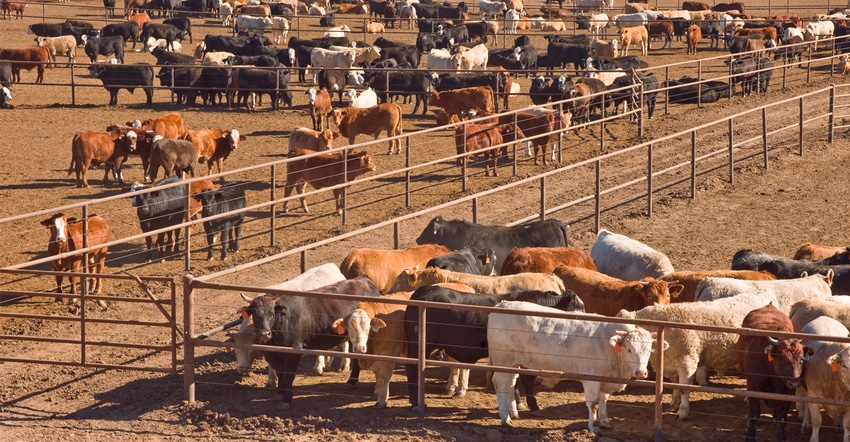July 10, 2018

While corn growers are getting attention these days through their work to help maintain demand for ethanol, there are other efforts geared toward boosting use of this abundant feed grain. “Animal agriculture is the largest user of corn,” notes Sarah McKay, manager of market development, National Corn Growers Association. Her work on the livestock demand side offers a look at how the association is working to maintain, or build, markets for the future.
McKay briefed media recently about the work of the group and how it partners with other organizations to maintain corn as a key feed ingredient going forward. The National Corn Growers Association is funded in a way that the group can lobby for key market issues, which is important to partner groups for the future.
For example, NCGA is helping promote funding in the new farm bill for the Market Access Program and Foreign Market Development — both programs got solid funding in both versions of the new 2018 Farm Bill.
A whole life
A key issue for livestock groups is life-cycle analysis. This is a hot topic, as all aspects of agriculture are being held under a high-power microscope to determine total global impact. “When it comes to life-cycle analysis, groups are looking to us in areas of partnership,” she says. “That’s on the feed input side, and we’re aligned on that issue.”
NCGA has been running life-cycle analysis on corn for a range of uses, exploring the inputs in and the results out from growing the seed to processing the end crop. Several different groups are exploring LCA for crops and livestock, and each component needs to be examined, she explains.
Partnering with groups also means attending conferences and networking with members of the different organizations to better understand their needs. McKay, who started with the group earlier this year, is already attending major events including the North American Meat Institute gathering and the World Meat Conference.
“It’s a sensory story for us, with grain-fed beef and U.S. corn-fed. We look at the cost effectiveness and quality, and have attendees try samples,” McKay explains. “We also highlight university work on marbling and tenderness of grain-fed beef.”
The group is also partnering on key research into pig diets, including a five-year pig survivability study with the National Pork Board. “We’re putting money into partner industries and sharing results for the long term. We want to be able to be profitable for the long term,” McKay says.
Name change needed?
And there are other markets where corn has been a solid player, but some factors are changing that. Take the pet food market and the term “corn gluten meal.” That’s a name that was given to this corn byproduct years ago — even though the product contains no gluten. Yet the product has drawn attention in a number of markets, and it’s not all positive.
McKay explains that the association has started the process for changing the term for corn gluten meal to corn protein meal. This will be helpful in the pet food market, where the term “gluten” has taken on very negative connotations.
The process for changing a feed ingredient name involves working with the American Association of Feed Control Officers, and McKay notes NCGA is on track to get the change made. The process takes time.
There are also many potential new markets for corn as feed — including aquaculture, where even dried distillers grains with solubles may have added potential. The key is working with processors and feed formulators to explore ways to incorporate corn products into those new diets. The key is not to trample other markets while promoting corn in the mix, no matter what the market.
It’s a long-term process that eventually yields benefits for corn growers in the global market.
About the Author(s)
You May Also Like






